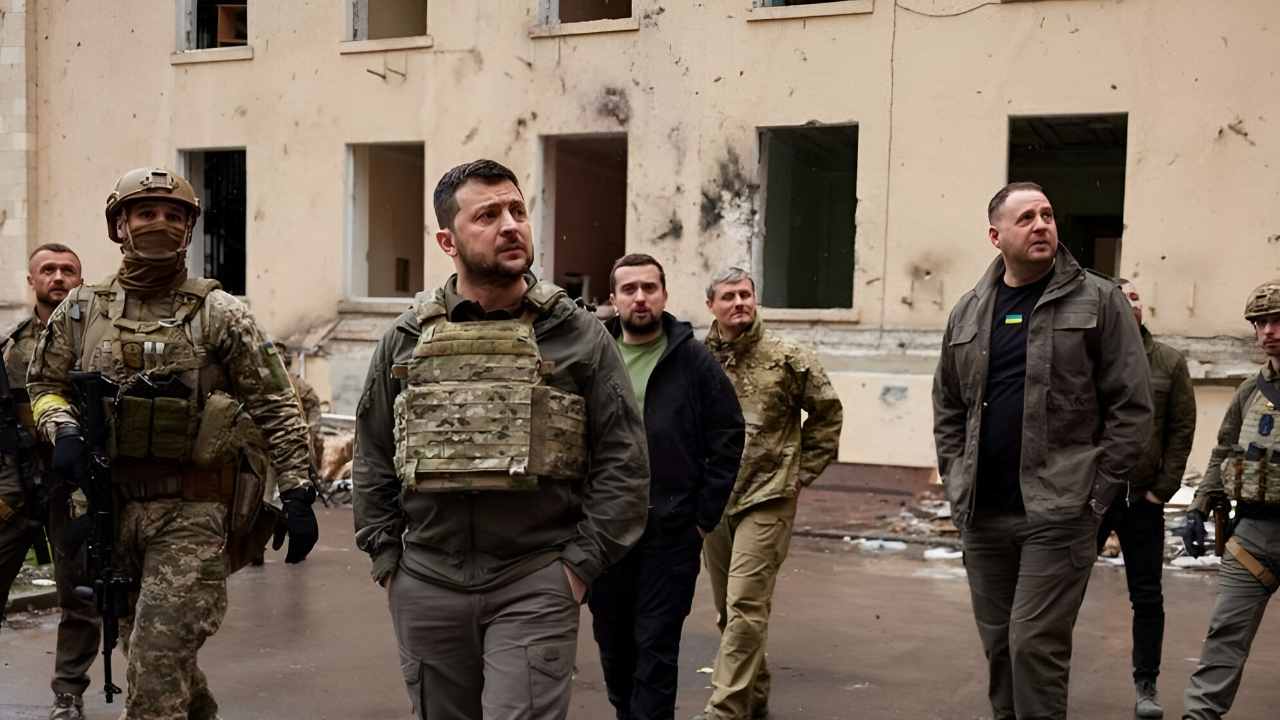
Ukraine’s president, Volodymyr Zelenskyy, recently emphasized a new stage in the ongoing conflict between Russia and Ukraine by reaffirming Ukraine’s ability to use drones and long-range missiles to launch deep-strike barrages into Russian territory.
Since the war intensified in 2022, Russia has been exposed to what may be the biggest and most persistent threat on its own territory. In addition to being a significant tactical win for Ukraine, these strikes present Russia with a fresh strategic conundrum that tests its long-standing defense lines and compels Moscow to reevaluate its internal security dynamics and military posture.
The Historical Background of the Strikes Between Russia and Ukraine
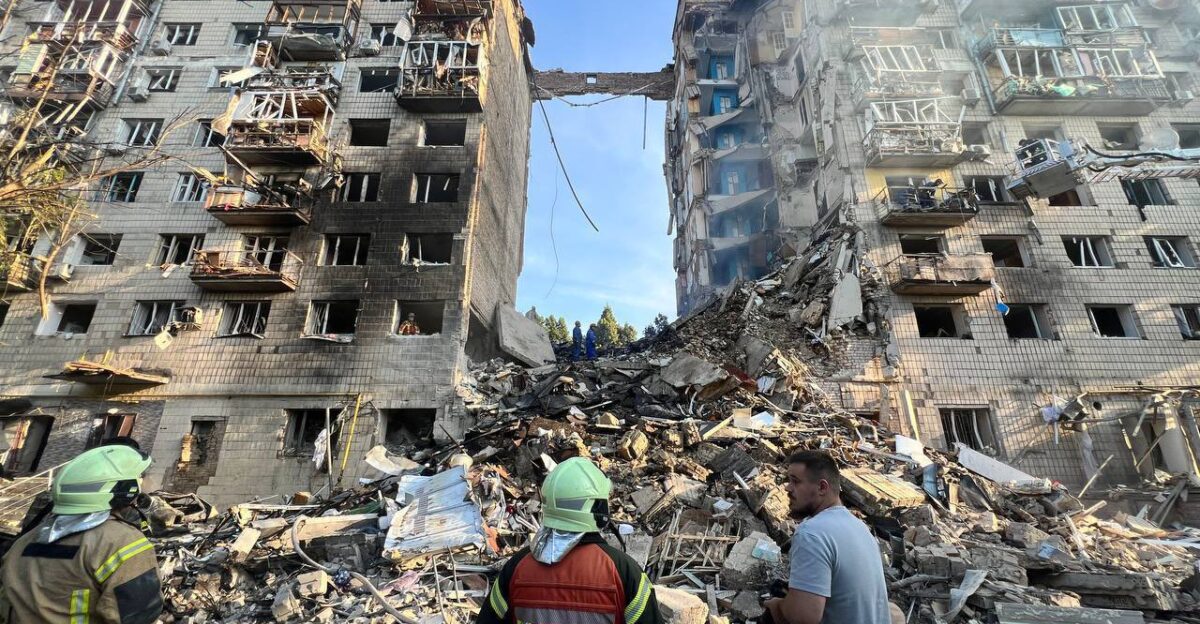
A defining feature of the conflict has been Russia’s missile and drone attacks on Ukrainian infrastructure, which are intended to destroy the energy and civilian sectors, particularly in the run-up to winter. These attacks have grown in scope and sophistication since the first few months of 2025, resulting in extensive blackouts and damage to infrastructure.
As demonstrated by recent attacks that lasted more than 12 hours and caused severe civilian casualties and infrastructure damage in Kyiv and beyond, Moscow’s strategies developed into continuous aerial bombardments, employing cruise missiles and drones in waves greater than hundreds per attack.
The Strategic Development of Ukraine’s Missile Capability
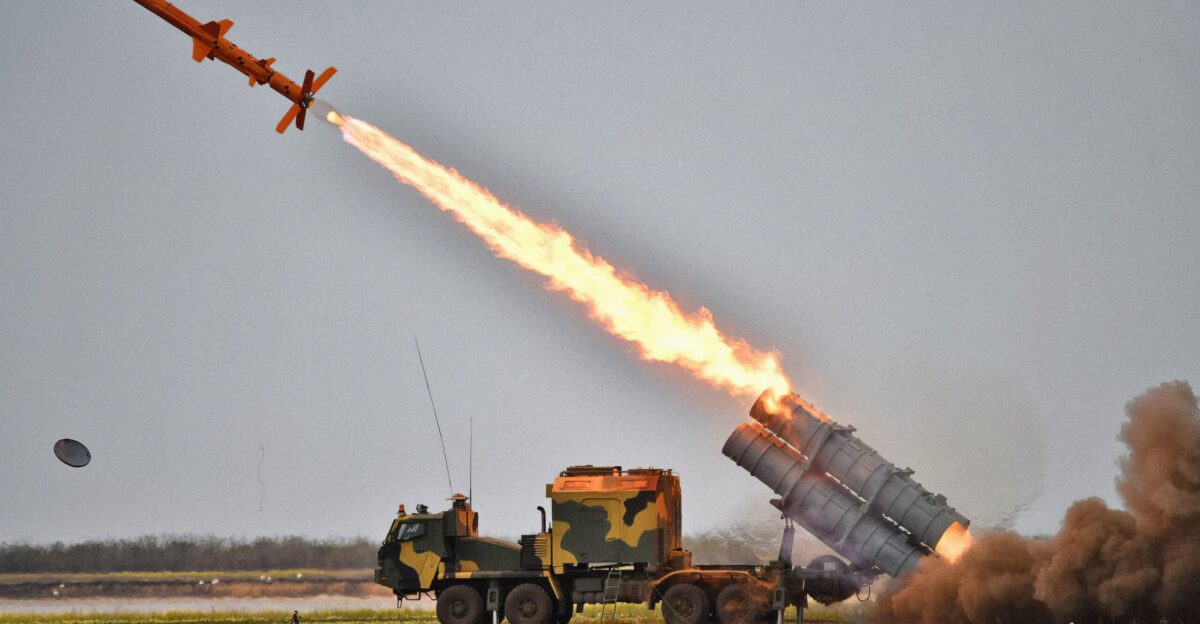
Since 2014, Ukraine’s missile capabilities have advanced quickly, moving from primarily defensive support weapons to long-range offensive systems, such as the US-built Tomahawk cruise missiles, which it has acquired and integrated.
The transition from short-range rockets to precision-guided missiles with a range of more than 1,500 miles, enough to hit deep within Russia, including key cities like Moscow, is noteworthy.
Impact of Strategic and Psychological Messaging
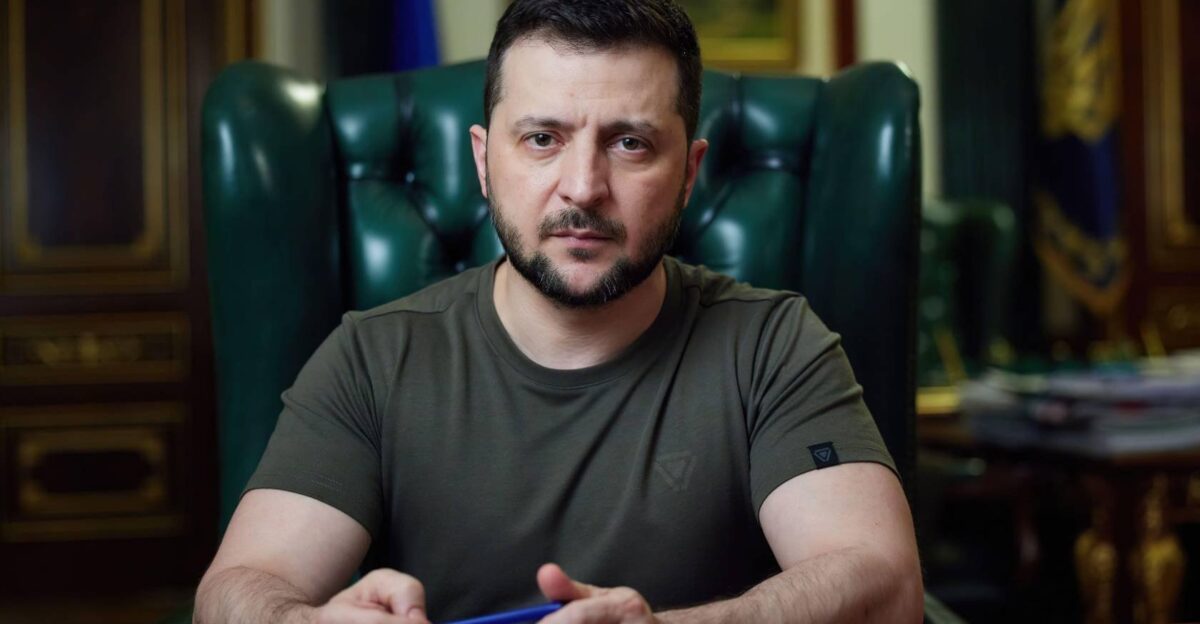
Zelenskyy’s claims of deep-strike capability have two purposes: they boost Ukrainian spirits while also creating strategic ambiguity and psychological strain on Russian authorities and the general populace.
Russian narratives of control and impunity are undermined by the subliminal message that Ukraine can strike back far from its borders. By using aspects of deterrence theory, these communications project strength not only to Russia but also to audiences around the world who are keeping an eye on the region’s power dynamics.
Russia’s Reaction and Escalation Risks
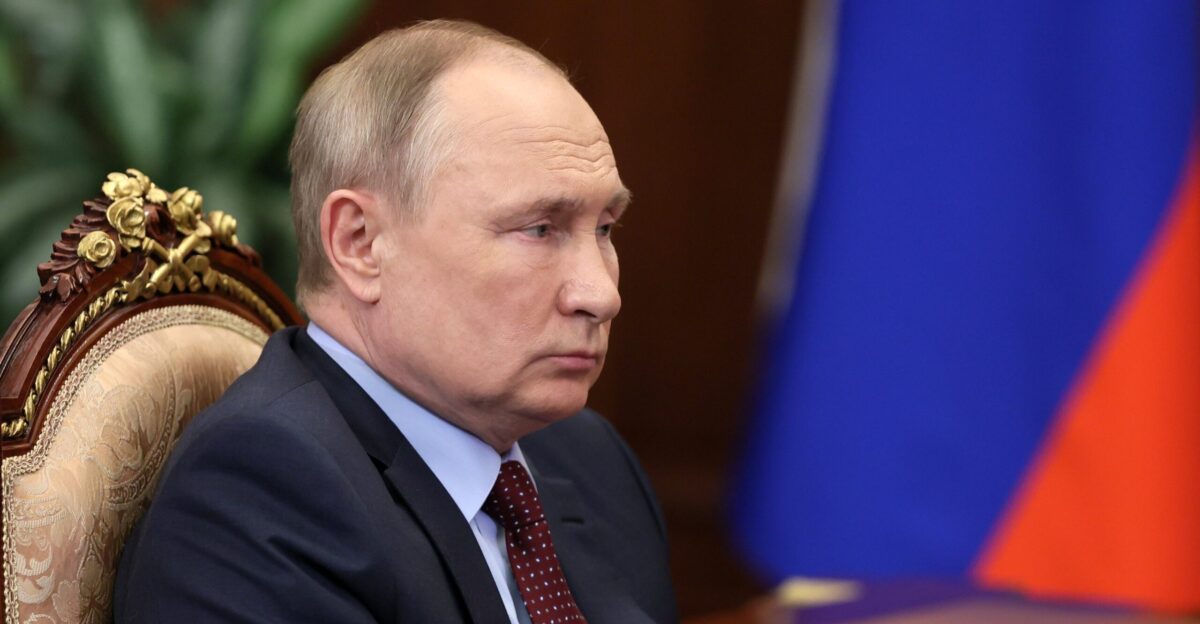
Given claims that some missile variants may be nuclear-capable, Russia expresses “extreme concern” and warns of possible escalation in response to Ukraine’s new long-range missile capability. Moscow’s threats draw attention to the dangers of making a mistake or extending the boundaries of a conflict.
The hardline rhetoric from the Kremlin highlights concerns that these strikes might cause unexpected repercussions or further destabilize the area. These dynamics bring up challenging issues regarding crisis management and escalation control in a conflict that now uses longer-range, more technologically sophisticated weapons.
The United States and Allies’ Role
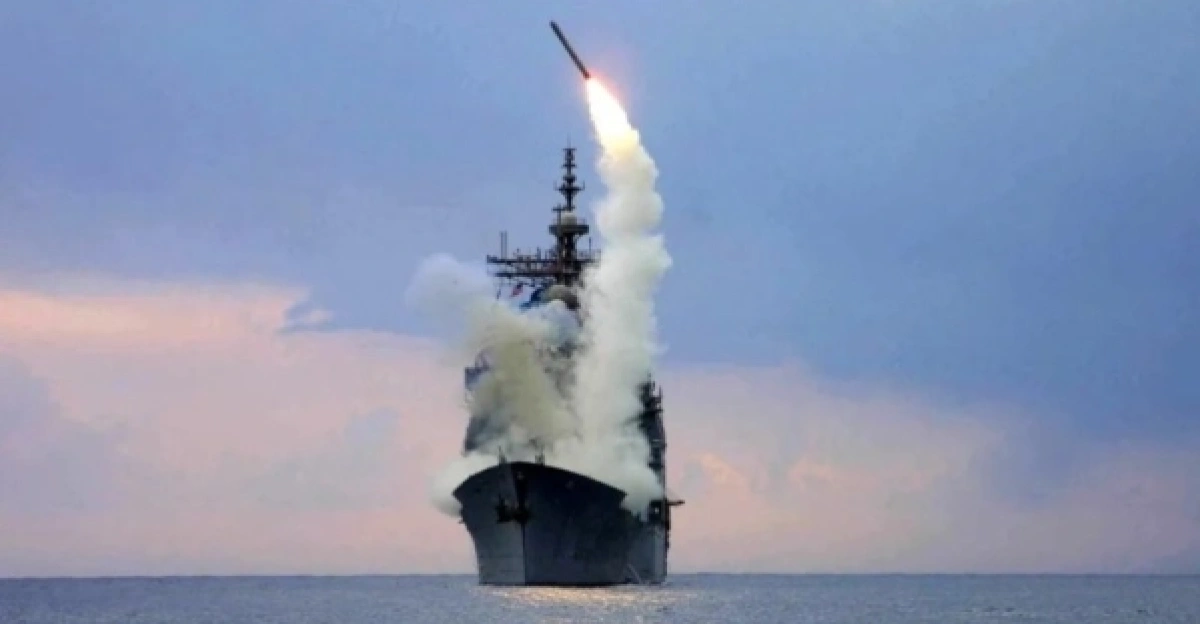
A major change in Western military support is evident in the US administration’s consideration of giving Ukraine Tomahawk missiles and other long-range systems, particularly during Trump’s administration.
Such assistance makes it easier for Ukraine to launch attacks deep into Russian territory, but it also complicates diplomatic efforts and runs the risk of worsening US-Russian relations. Supporting Ukraine’s defense capabilities while controlling geopolitical tensions around the world necessitates careful strategic consideration of the risks of a wider conflict in addition to military necessity.
Deep-Strike Asymmetry and Regional Security
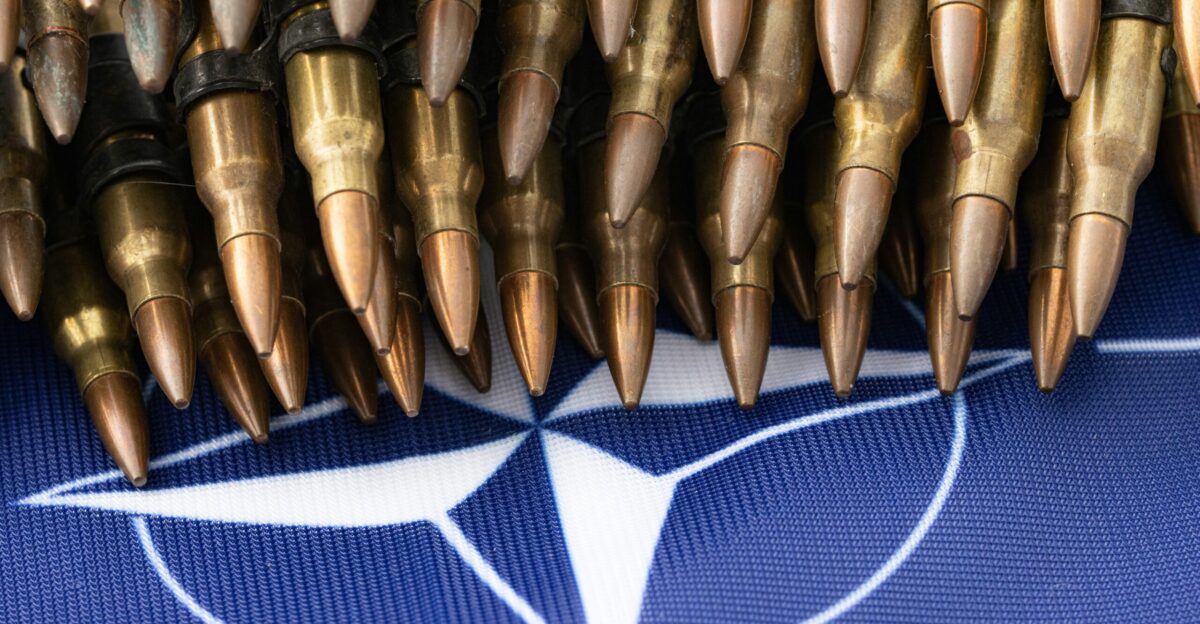
The battle presents a new scenario in which a smaller country uses asymmetric long-range strike capabilities to force a bigger enemy to pay strategic costs. Using drone warfare and precision missile technology, Ukraine’s deep-strike strategy extends influence inside enemy borders, challenging conventional ideas of territorial defense.
The dynamics of regional security are affected by this reinterpretation, which forces NATO and its allies to reevaluate defensive stances and the definition of deterrence in contemporary hybrid conflicts.
The Impact of Operation Spiderweb on Strategy
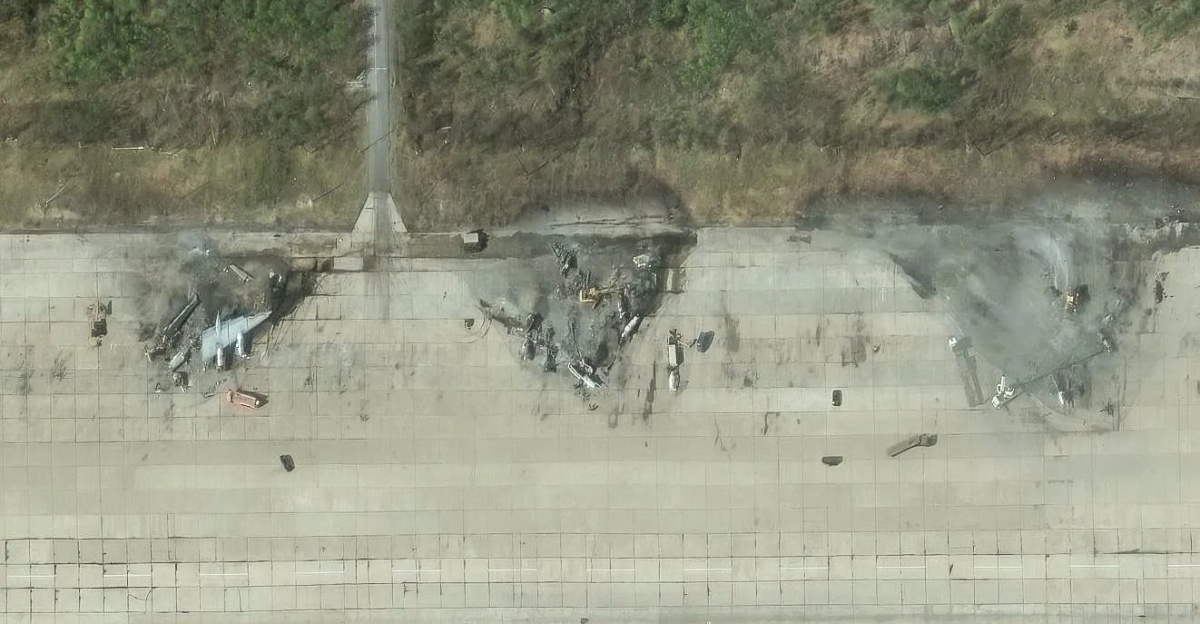
This strategic change is best exemplified by Ukraine’s Operation Spiderweb, which uses coordinated long-range attacks to interfere with Russia’s energy, command, and control systems located deep within its borders.
This operation serves as an example of how sophisticated weapons and intelligence can disproportionately increase impact, compelling Russia to reallocate funds to infrastructure restoration and homeland defense. These attacks undermine Russia’s long-term strategic viability and weaken its resolve to continue the war without making expensive concessions, in addition to causing short-term tactical gains.
The Strategic Target of Energy Infrastructure
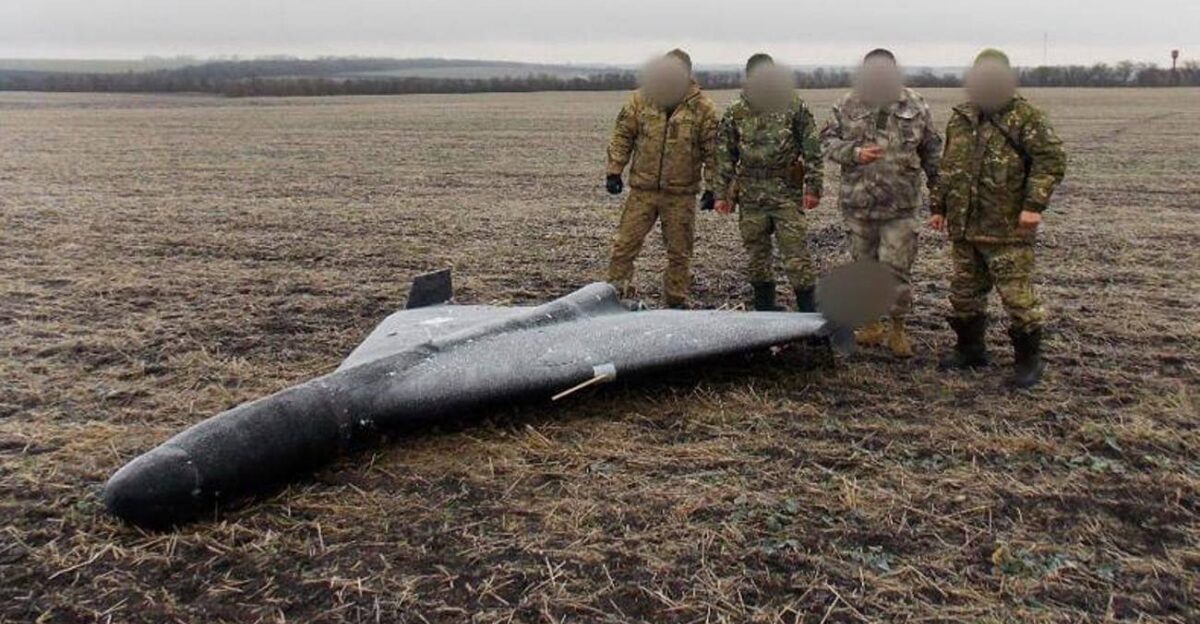
Russian drone and deep missile strikes heavily target Ukraine’s energy infrastructure in an effort to lower civilian morale and resilience. On the other hand, Russian military logistics and energy nodes are in danger due to Ukraine’s retaliatory deep strikes.
Targeting systems essential to societal function and war-waging capability is a trend in modern warfare that is highlighted by this conflict over critical infrastructure. Control over energy resources is crucial to the course of the conflict because it directly affects civilian endurance and national resolve.
The Tomahawk’s Strategic Range
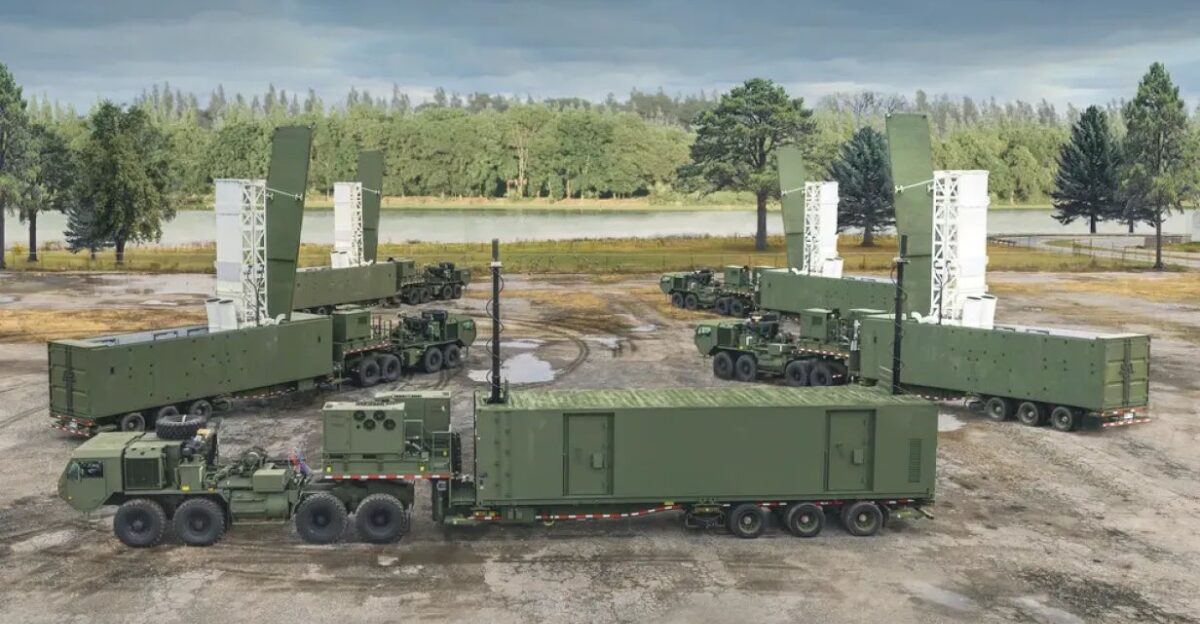
With a range of roughly 1,550 miles (2,500 kilometers), the Tomahawk missile system, which Ukraine currently seeks and is reportedly deploying, allows for precision strikes well beyond frontline zones.
Ukraine can target vital military and logistical facilities located deep within Russian territory, including Moscow, thanks to this capability. Because of its proven accuracy and range in previous US conflicts, the missile is a powerful strategic tool that, when used wisely, could tip the scales of a conflict.
NATO Air Defense and Violations of Russian Airspace
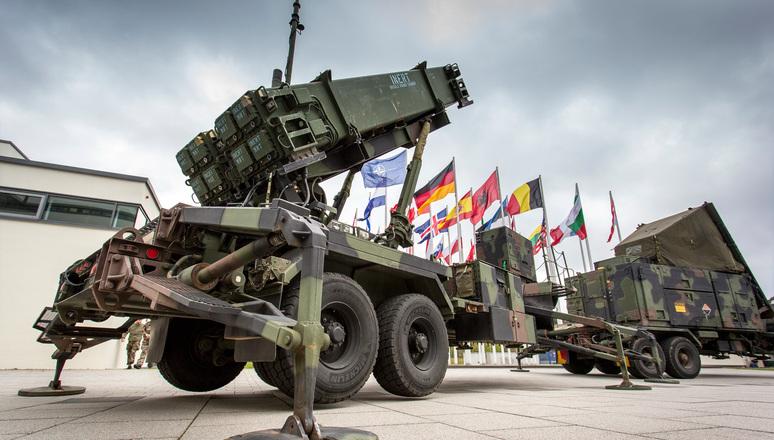
Tensions outside of Ukraine have escalated in recent months due to an increase in Russian incursions into NATO airspace in Eastern Europe. Near vital infrastructure, nations like Estonia, Latvia, Poland, and Romania have reported infractions and questionable drone operations.
Calls for coordinated air defense strategies and improved intelligence sharing between NATO and Ukrainian forces are intensified by this increase in conflict-related aerial activity, which highlights the war’s implications for regional security.
Damage to Infrastructure and Civilian Deaths
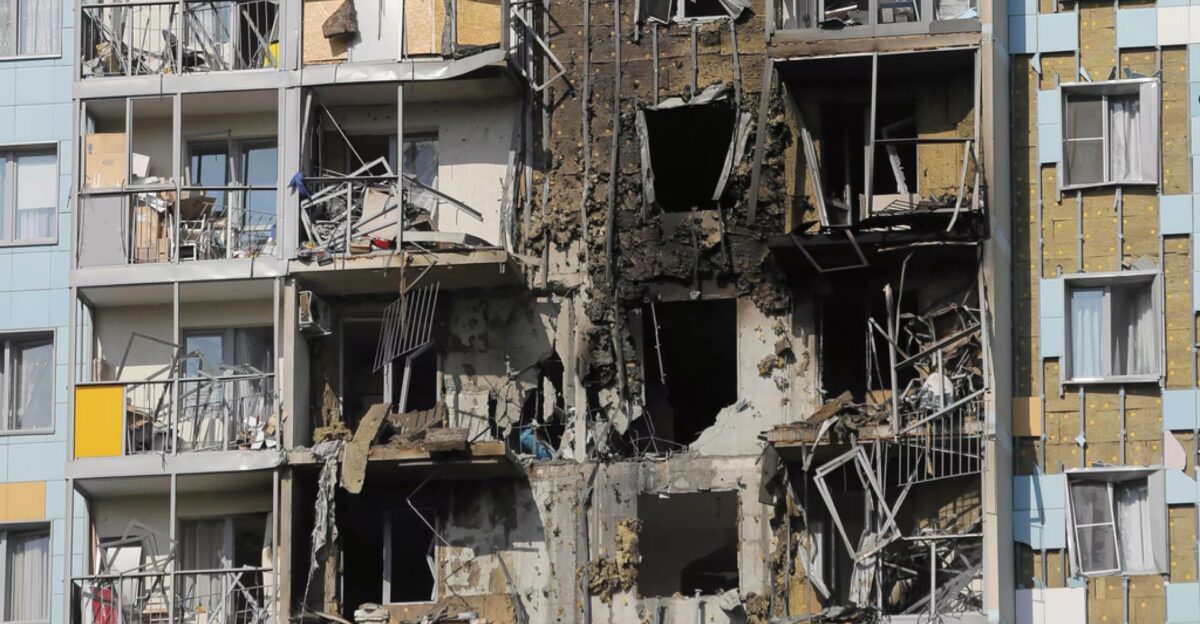
Significant civilian casualties have been caused by Russian attacks in Ukraine; during a 12-hour barrage, at least four deaths, including children and medical personnel, have been reported in Kyiv alone.
It has been reported that targeted strikes on civilian and medical infrastructure have caused over 70 injuries nationwide. These details draw attention to the human cost of the conflict and set the stage for Ukraine’s targeted policies, which aim to reduce civilian casualties while demonstrating defensive resilience.
Russia’s worries about nuclear posture
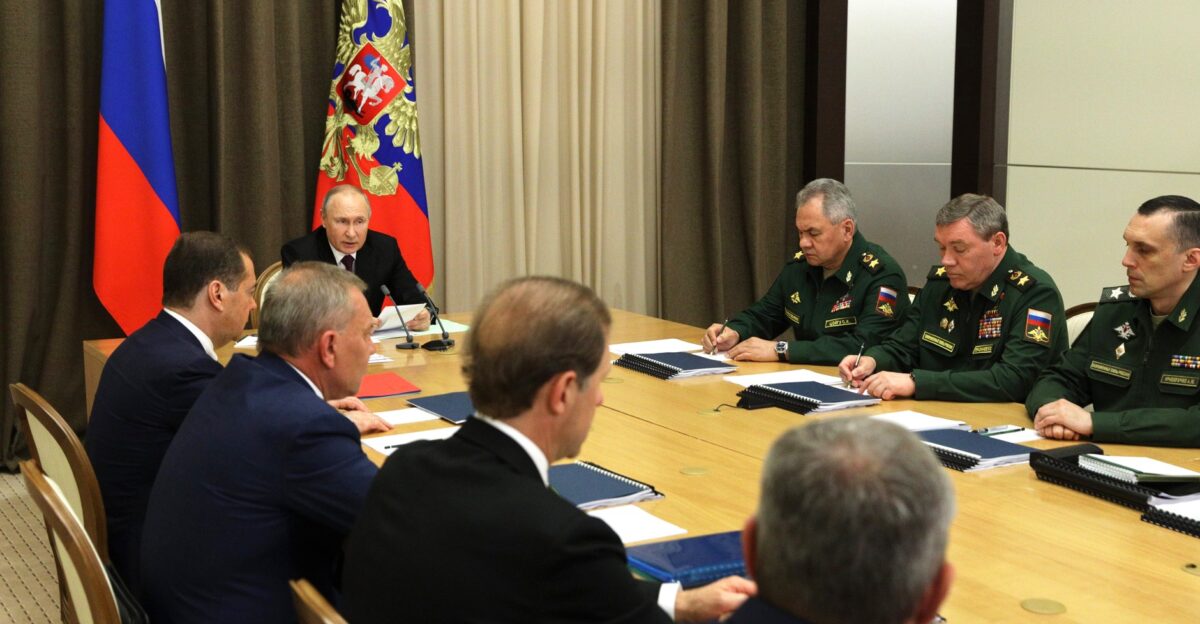
Officials from the Kremlin have openly voiced worries that some of the missiles involved might be equipped with nuclear warheads. If this is misunderstood or handled improperly, it could escalate into a nuclear war.
In light of Russia’s strategic insecurities and Ukraine’s tactical advancements, international observers and policymakers must carefully balance dialogue and deterrence in order to avoid a wider disaster.
International Reactions in Diplomacy
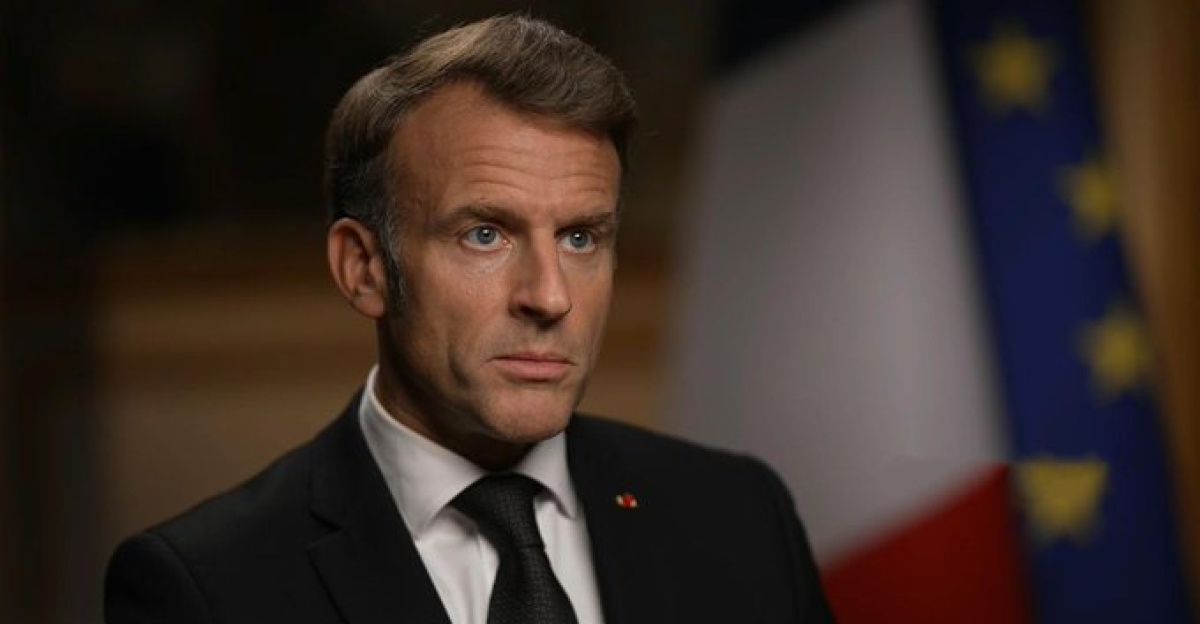
Leaders from around the world, including French President Emmanuel Macron, have called for an end to the war and compared peace initiatives in Ukraine to those in other conflict areas like Gaza.
The international community’s desire for a resolution and the pressures imposed by developing military technologies, such as long-range missiles, are highlighted by such diplomatic engagement. A larger strategic and moral conversation centered on putting an end to aggression and maintaining regional stability is increasingly being used to frame Western military assistance to Ukraine.
Conclusion
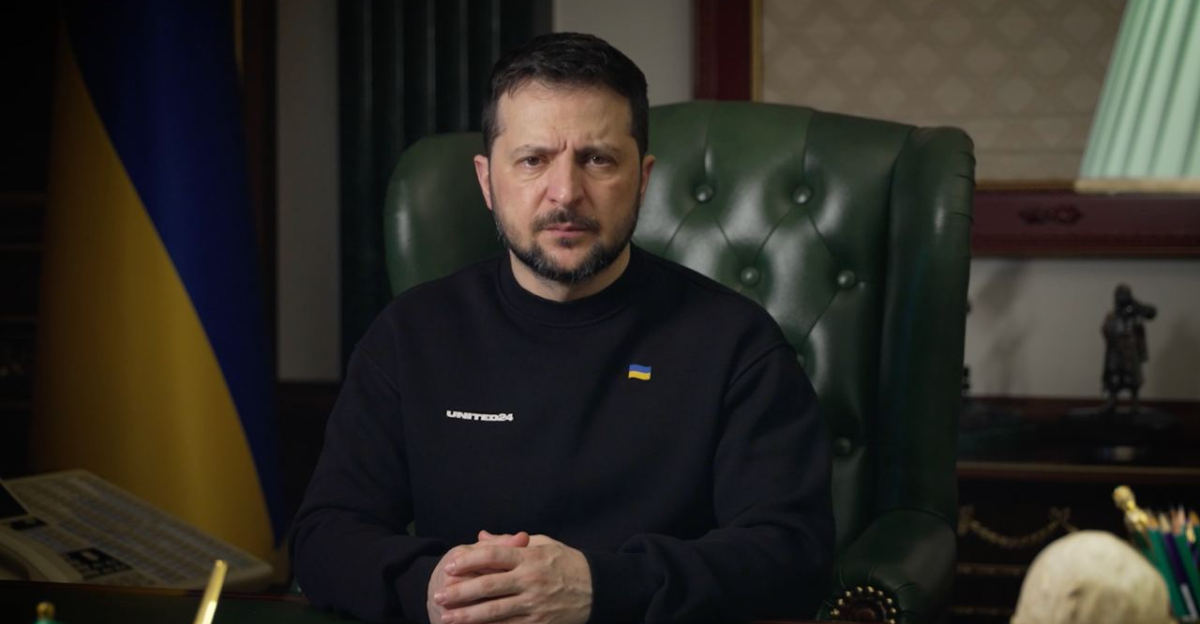
Zelenskyy’s support for Ukraine’s deep-strike operations against Russia marks a significant turning point in the conflict between Ukraine and Russia, changing the battlefield on both a military and psychological level. This development represents the meeting point of strategic innovation and technological advancement, enabling Ukraine to confront Russia well beyond conventional frontlines.
These capabilities give Ukraine a way to impose strategic costs on Moscow, which could shorten the conflict or force negotiations under new terms, even though they also carry the risk of a wider escalation. The future doctrine of hybrid warfare in disputed regions.